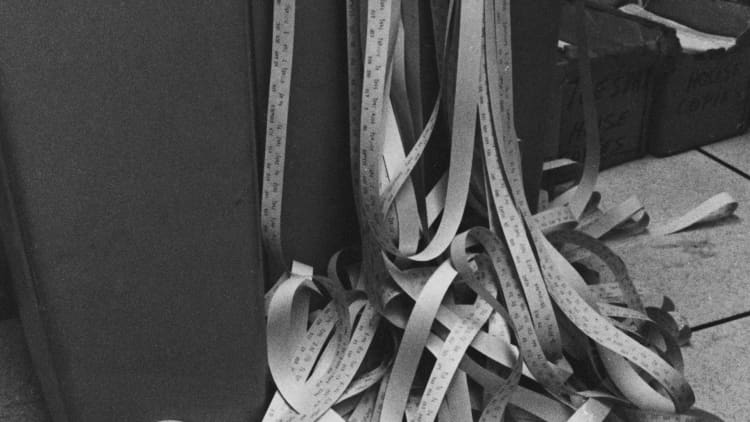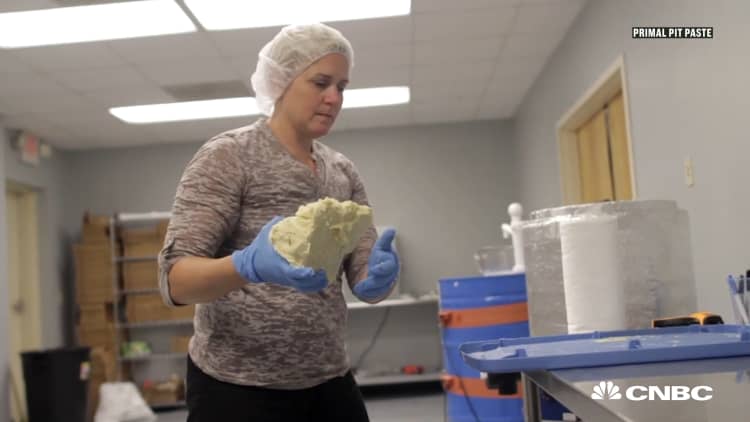When you're new to investing, it's all too easy to make mistakes that cost tens of thousands of dollars or more. Knowing the potential pitfalls is the first step to avoiding them.
Here are three to watch.
Taking a stock tip
Scenario: An acquaintance gives you a "can't miss" tip on a stock at a cocktail party. He says his friend's cousin's brother knows a guy who has an "in."
Don't do it. Sure, that stock story might sound convincing, but it's probably too good to be true. And you don't know from the short discussion how the company makes money — or if it's even profitable. If you're going to invest in an individual company, you need to know the ins and outs of the underlying businesses, and that means doing your own work — no cheating off your neighbor. Get started with this guide to researching stocks.
More from NerdWallet:
5 strategies for advanced options trading
How Amazon's Whole Foods purchase affects your portfolio
How to build an LGBT-friendly investment portfolio
People with hot stock tips are rarely interested in your success. And they might be involved in so-called pump-and-dump schemes, which convince investors to buy thousands of shares of a penny stock. Here's more on why you should tread carefully with these investments. Brokers might be interested in generating commissions, and professional analysts on TV might be trying to boost their holdings' prices.
Be extremely careful about buying on any tip, regardless of the source. Stock picking is challenging even for pros. Most investors are better off sticking with low-cost index funds and broadly diversified exchange-traded funds.
Waiting until the market is 'safe'
Scenario: The market just dropped 20%, and everyone you know is scared. You dump your stocks and wait for the market to go up again.
Investors' actions during a downdraft separate the novices from the pros. Beginner investors sell stocks and refuse to invest again until the market stabilizes. This costs them huge returns. During the financial crisis, the S&P 500 bottomed on March 9, 2009. From that point, it moved higher quickly; just two years later it was up 95%.

Early — and consistent — investors compounded their gains further. In the eight years after the 2009 bottom, the S&P 500 increased nearly 250%. Missing out on that 250% return won't show up as a loss in an account statement, but it might be the single most costly beginner mistake. By waiting for safety you can miss out on much more upside than you'd have lost on the downside.
Legendary investors get scared when the market is hitting new highs and trading at nosebleed valuations, not when stocks go down. In fact, when stocks fall 20% — or even 50% — they're mouthwatering.
Investing money you'll need soon
Scenario: You have money set aside to buy a car next year, but it's earning next to nothing in your savings account. You use the cash to buy stock.
This kind of investing is just speculating and market timing. The stock may well go up, but it could just as easily go down. If you're saving for a goal you'd like to achieve within the next year or two, that money should stay out of the stock market and in a CD, or for more flexibility, a high-yield savings account. Here's a list of some of the best online high-yield savings accounts.
True investing relies on gains from the improving business of a solid company or group of companies, and that requires time. The general rule of thumb is to leave your money in the market for at least three to five years. If that timeline works for you, and you haven't made mistakes No. 1 and No. 2 above, you might be ready to open your first brokerage account.
Like this story? Like CNBC Make It on Facebook.
Don't miss: 3 productivity tips you can learn from Jeff Weiner, Steve Jobs and Barack Obama


